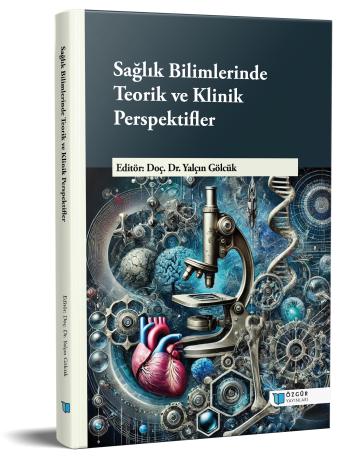
Chromosome 22
Chapter from the book:
Gölcük,
Y.
(ed.)
2025.
Theoretical and Clinical Perspectives in Health Sciences.
Synopsis
Chromosome 22, one of the acrocentric chromosome pairs, has a physical size of 51,304,566 base pairs. It is the second smallest chromosome in the human genome after chromosome 21. It contains 949 genes and 314 pseudogenes. Its short arm (p arm) carries ribosomal RNA genes. Complete aneuploidies of chromosome 22 are incompatible with life; thus, fetuses with full trisomy or monosomy 22 typically cannot complete gestation. As a natural consequence, most live-born cases of trisomy or monosomy 22 are in mosaic form. Chromosome 22 has been associated with a wide range of diseases and syndromes. These include Neurofibromatosis Type 2, 22q11.2 Deletion Syndrome, 22q11.2 Duplication Syndrome, 22q13.3 Deletion Syndrome, Chronic Myeloid Leukemia, Ewing Sarcoma, Dermatofibrosarcoma Protuberans, and Cat Eye Syndrome. Chromosome 22 harbors numerous segmental duplication regions containing sequences of 1 kb or larger. One of the most significant of these is a duplicated sequence of approximately 400 kb translocated from chromosome 14 to the pericentromeric region of chromosome 22. This chapter will address the physical characteristics, genetic variations, gene composition, and disease associations of chromosome 22.

